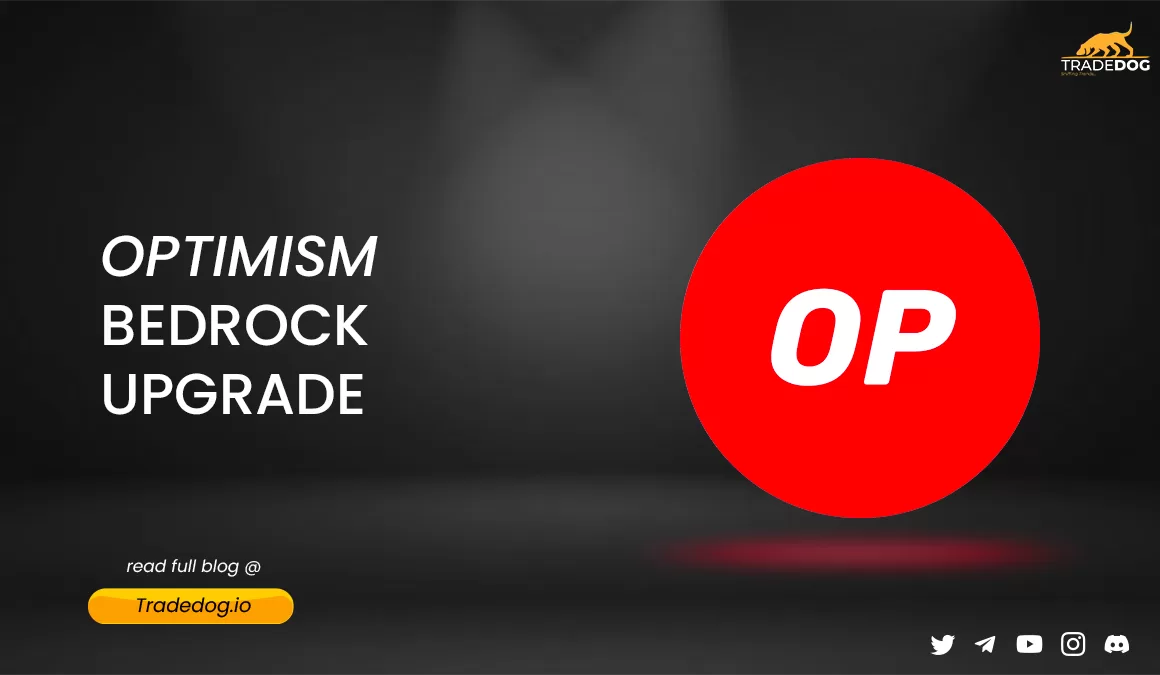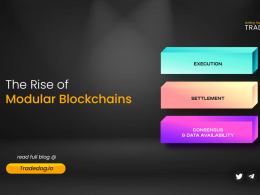Quick Links
Optimism stands as one of the prominent layer two infrastructures in the realm of cryptocurrency, boasting an impressive total value locked (TVL) of $1.73 billion. Despite the overall market conditions remaining stagnant, Optimism has experienced a remarkable 50% surge in its TVL. However, the on-chain activity, measured in transactions per second (TPS), has witnessed a significant decline. At the beginning of the year, the TPS averaged around 9.26, whereas the current TPS has dwindled to approximately 3.53.

The layer two scaling solution is also set to undergo its highly anticipated Bedrock upgrade on June 6. This upgrade is expected to bring forth substantial benefits, including reduced transaction fees, heightened network security, and improved compatibility with Ethereum.
What is Optimism Bedrock?
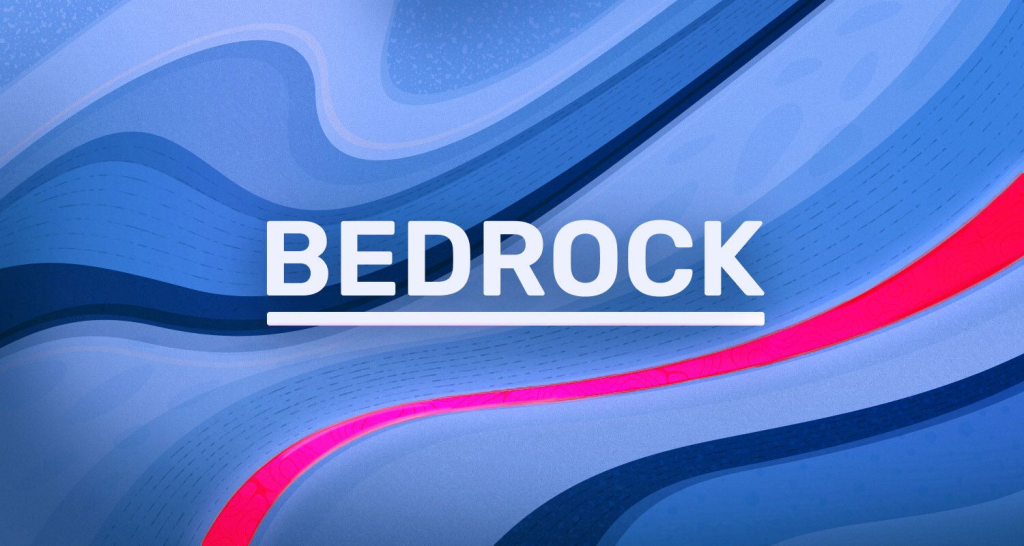
Bedrock is the name of the inaugural release of the OP Stack, an integrated collection of open-source modular elements designed to empower Optimism. It builds upon its forerunner by implementing various enhancements to enhance transaction efficiency. By employing optimized batch compression and leveraging Ethereum as a data availability layer, Bedrock effectively reduces transaction fees. To put it differently, transactions conducted on Bedrock will be grouped into sets referred to as “sequencer batches.” These batches will then be organized into clusters known as “channels,” which contain the data that is compressed and subsequently transmitted back to Ethereum.
Furthermore, it significantly reduces the time required for including L1 transactions in rollups by gracefully managing L1 reorganizations. This release also introduces the concept of modular proof systems, facilitating code reusability and promoting flexibility. Additionally, Bedrock optimizes node performance by eliminating technical burdens and streamlining operations.
Keys Points to Note for Optimism Bedrock Upgrade
- OP Labs, the protocol development unit of the Optimism network, foresees a significant reduction in transaction fees by approximately 47%. This development is set to bring substantial benefits to the Optimism ecosystem.
- During the scheduled upgrade, transactions, deposits, and withdrawals will not be accessible throughout the downtime, and the progression of the OP Mainnet chain will be halted.
- Additionally, the network will experience reduced deposit times, as Optimism will decrease the confirmation time for deposits from approximately 10 minutes to a mere three minutes.
- Bedrock will also incorporate EIP 1559, aiming to decrease the fluctuation in transaction fees and enhance the overall user experience.
Optimism Bedrock Upgrade Targets Ethereum Equivalence
The bedrock upgrade also attempts to ensure that the technical environment for developers remains similar to Ethereum. This will allow developers on the Ethereum network to make the switch easily in terms of smart contract and protocol layer development.
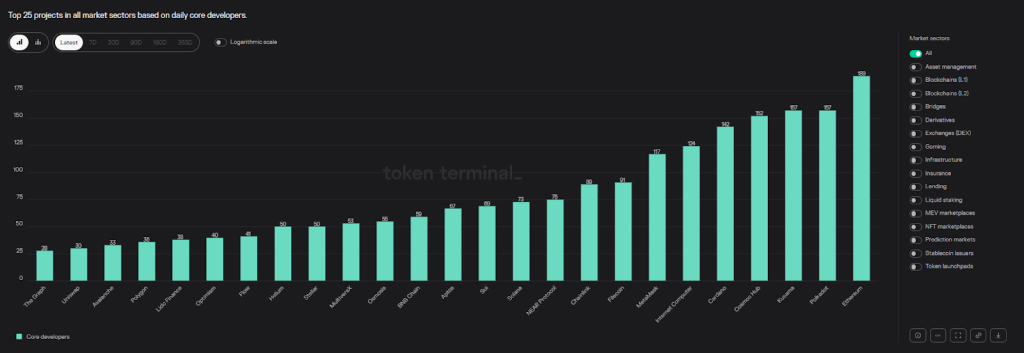
Optimism Bedrock Upgrade Brings Modularity
Modularity is the key highlight of the Bedrock upgrade. The Op Labs team has designed Bedrock to resemble a collection of Lego blocks, allowing for the seamless replacement of individual components such as the execution, consensus, and settlement layers. This modular structure facilitates easier protocol upgrades.

Thanks to Bedrock’s modularity, Optimism can seamlessly transition to zero-knowledge proofs once the technology is sufficiently validated. The open-source nature of the Bedrock code enables developers to leverage it for deploying their own layer two networks. They have the flexibility to mix and match these community Lego blocks or construct their own custom experimental blockchains by building their own layer blocks.
Certain developers have already conducted experiments in this realm by replacing the complete execution layer of Optimism with a customized version of Minecraft named Opcraft. The entire game was operated utilizing the Op stack on the backend.
Conclusion: Is the L2 War On?
The transition to Bedrock is happening at a moment when EVM-compatible zero-knowledge rollups (ZkEVMs) have gained prominence over Optimistic Rollup solutions like Optimism. Based on data provided by L2beat, Matter Labs’ newly released ZkEVM solution called ZKSync Era has surpassed Optimism in terms of network activity.
However, the edge with Optimism with its new upgrade can be the sequencer which serves as a crucial component of the protocol responsible for grouping and submitting transactions to Ethereum. Remarkably, the Optimism sequencer generates revenue for Optimism as part of this process. If other developers opt to construct their own blockchains utilizing Optimism’s Op stack, they might also choose to utilize Optimism’s readily available sequencer.

As more networks adopt this approach, the value accumulated by Optimism increases, along with its retroactive public goods funding. This funding is reinvested into enhancing the Optimism ecosystem, improving the Op stack, and bolstering the entire network of Layer 2 solutions.
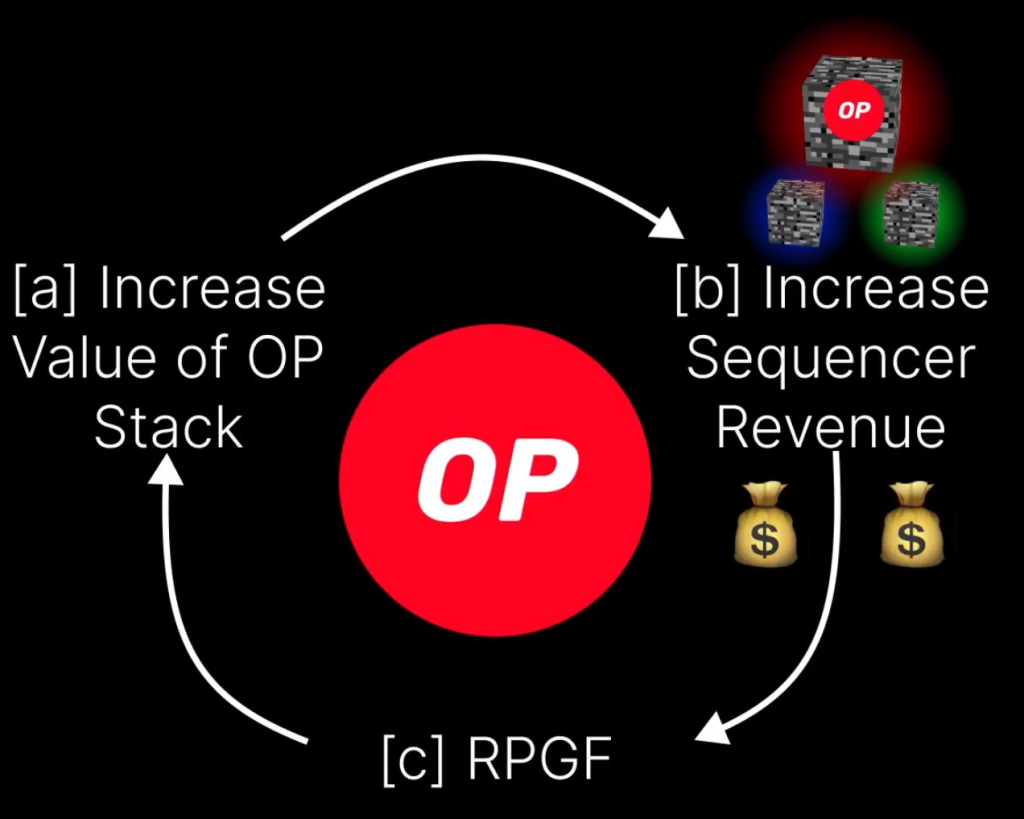
Industry experts anticipate that the Bedrock upgrade will introduce substantial transformations to both Optimism and Ethereum. These changes are predicted to stimulate further expansion within the DeFi sector by simplifying the deployment of decentralized applications (dApps) for developers. The market’s response following the launch of Bedrock on the Optimism mainnet is eagerly anticipated to gauge its impact.





